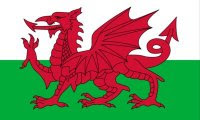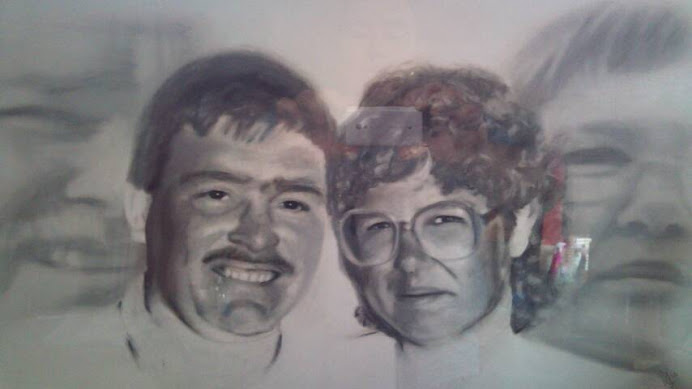In very broad terms there are three different kinds of watercolour paper. Yes, we can talk about acid free, and mould free, and cotton, and whatever, which is all very good when you understand the basics and find some stuff that you like. But for now, let's just keep it simples. In no particular order of merit nor importance, the types of watercolour paper are;
(Type 1)
COLD PRESSED
CP
NOT
[They all mean the same]
The ideal stuff to paint a landscape or seascape in watercolour paint, or using watercolour pencils. The 'NOT' stands for 'Not Hot Pressed', so watch out if you're in a class and a particular watercolour paper is recommended. You could mishear what's being said.
(Type 2)
ROUGH
Great for a nocturnal scene, or a landscape or seascape where you want texture. This may be (but is not restricted to) imaging a rusty old fishing boat in part of the scene. The 'Rough' surface of this Cold Pressed/CP/NOT paper, catches the watercolour pigment when you are 'dry brushing' over a particular area of the paper. This can also be beneficial when using watercolour pencils.
(Type 3)
HOT
HOT PRESSED
HP
Again they all mean the same thing. I think that this is dreadful paper for landscaping and seascaping. The paper simply dries out too fast and leads to cauliflowering. But of course it is great paper for botanical illustration. The smooth surface of the paper aids the botanical artist to provide detail. The rapid drying becomes irrelevant, as the artist is working on one area of the sheet, rather than right across the sheet.
The quality of the manufactured paper can vary greatly between manufacturers. Some are so badly treated that the surface is more akin to blotting paper, whereas others are a dream to use. In all instances you can buy these papers; (i) loose, (ii) in a tear out pad, (iii) in a spiral binder, or (iv) with all four sides glued in a block, whereby you slit the edge to remove a dried sheet, in order to expose the next sheet for painting.





